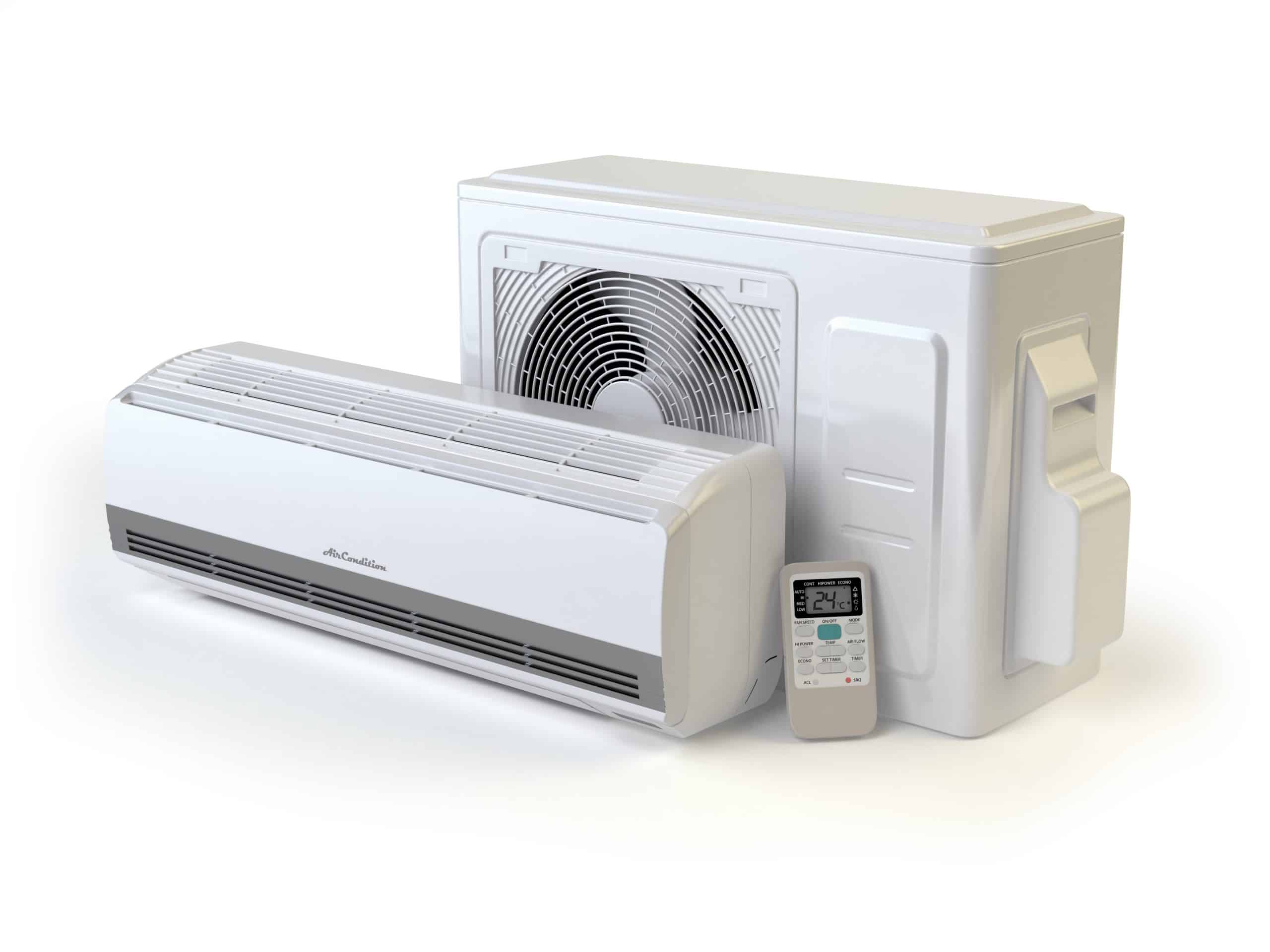As the Earth’s climate continues to change, maintaining a comfortable and healthy indoor environment is of paramount importance. While some countries rely heavily on air conditioning to keep indoor temperatures cool, this is not a prevalent practice in the UK due to its typically cooler climate. However, with the increasing temperatures brought about by global warming, it has become an urgent need for UK homeowners to find energy-efficient ways to maintain a healthy indoor climate without relying on air conditioning. In this article, we will explore various solutions that can help manage heat, enhance ventilation, improve air quality, and conserve energy in buildings.
Effective Heat Management
Understanding heat management is crucial to maintaining a comfortable indoor climate, especially during the hot summer months. Heat enters buildings through external walls, roofs, and windows, raising indoor temperatures. Preventing excessive heat gain and adequately dissipating accumulated heat are fundamental strategies in managing indoor temperatures.
A découvrir également : What is the most space-efficient way to store bicycles in a UK apartment without a balcony?
The use of reflective roofing materials and insulating walls can significantly reduce heat gain. Applying reflective film on windows or installing external shading devices like awnings and pergolas can also help keep the heat out. Meanwhile, heat dissipation can be achieved through natural ventilation techniques like cross-ventilation or stack ventilation, which take advantage of the wind and buoyancy to expel hot air from buildings.
Enhancing Indoor Ventilation
Ventilation is a vital element in maintaining a healthy indoor climate. It helps regulate indoor temperatures while also ensuring a continuous supply of fresh air. Poor ventilation can lead to a build-up of pollutants, moisture, and heat, compromising indoor air quality and posing health risks.
A lire en complément : What are the best ways to integrate a modern kitchen into a UK listed building?
Natural ventilation is an energy-efficient strategy that utilises wind and thermal buoyancy to circulate air. Strategic placement of windows, doors and vents can facilitate the flow of air, enhancing ventilation. Mechanical ventilation systems, such as extractor fans and heat recovery ventilators, can also help improve ventilation by extracting stale air and preheating incoming fresh air.
Improving Indoor Air Quality
Maintaining good indoor air quality is not only essential for comfort but also for health. Exposure to pollutants and allergens can lead to various health problems ranging from allergies and asthma to cardiovascular diseases and cancer.
There are several ways to improve indoor air quality. Regular cleaning and dusting can help reduce dust and allergens. Indoor plants can also help improve air quality by absorbing pollutants. However, it’s essential to ensure adequate ventilation when keeping plants indoors as they can increase humidity levels. Air purifiers and dehumidifiers can also help improve air quality by removing pollutants and controlling humidity levels, respectively.
Conserving Energy in Buildings
Energy conservation is becoming increasingly important in the face of growing concerns about climate change and rising energy costs. It’s not just about saving money, but also about reducing the environmental impact of buildings.
Energy efficiency can be achieved in various ways. Good insulation can prevent heat gain during summer and heat loss during winter, reducing the need for heating or cooling. Energy-efficient appliances and lighting can also contribute to overall energy conservation. Furthermore, using renewable sources of energy, like solar panels or wind turbines, can help reduce reliance on fossil fuels.
Adapting to Climate Change
Climate change is a reality we all have to face. Its effects are far-reaching and include rising temperatures, more frequent heatwaves, and changing weather patterns. These changes can significantly affect indoor climates, making it essential for us to adapt our buildings accordingly.
One adaptation strategy is passive design, which encompasses several principles to create comfortable indoor environments without relying on mechanical systems. This includes orientation to maximise natural light and heat during winter and shading to prevent overheating in summer. Another strategy is to improve the resilience of buildings to extreme weather events. This could involve upgrading the building envelope to withstand heatwaves or installing rainwater harvesting systems to cope with periods of water scarcity.
In conclusion, maintaining a healthy indoor climate in UK homes without air conditioning is a multifaceted challenge. It involves managing heat, enhancing ventilation, improving air quality, conserving energy, and adapting to climate change. However, with thoughtfully designed solutions and mindful practices, it is an achievable goal.
Integrating Sustainable Cooling Systems
As global warming continues to increase temperatures, finding solutions for sustainable cooling becomes more crucial. Sustainable cooling systems not only help in maintaining comfortable indoor temperatures but also conserve energy and reduce the impact on the environment.
Passive cooling is one such method. It uses non-mechanical means to maintain a comfortable indoor environment. This could involve natural ventilation, shading, and evaporation. Natural ventilation exploits the wind and buoyancy forces to cool buildings, reducing reliance on mechanical systems. Shading minimises heat gain by blocking out solar radiation, while evaporation uses moisture to cool the air.
Thermal mass, another passive cooling technique, involves using materials that can absorb, store, and release heat over time. This can regulate indoor temperatures by absorbing heat during the day and releasing it at night, providing thermal comfort and reducing heat stress.
Another sustainable cooling option is the use of energy-efficient cooling systems like air coolers and ceiling fans. These devices consume less energy than traditional air conditioners, making them a more environmentally friendly choice. Moreover, they can provide adequate cooling for many indoor environments, particularly in the milder UK climate.
Protecting Vulnerable Groups
Certain groups, such as the elderly, young children, and those with chronic health conditions, are more vulnerable to changes in indoor climate. Heat stress, poor air quality, and other indoor environmental issues can exacerbate existing health problems and contribute to new ones.
To protect these vulnerable groups, it’s essential to ensure that indoor environments are not only comfortable but also healthy. This means maintaining optimal indoor temperatures, improving air quality, reducing air pollution, and promoting energy efficiency.
Regulating indoor temperatures is particularly important for those susceptible to heat stress. If indoor temperatures get too high, it can lead to heat exhaustion or heat stroke, particularly in elderly individuals. Implementing strategies to manage heat, such as good insulation, reflective roofing, and shading, can help keep cool and protect these individuals.
Air quality is another crucial aspect. Exposure to indoor air pollutants can worsen respiratory conditions like asthma and COPD, posing a significant risk to public health. Regular cleaning, adequate ventilation, and the use of air purifiers can help improve indoor air quality and protect vulnerable individuals.
In conclusion, maintaining a healthy indoor climate in UK homes without the use of air conditioning is a complex task that requires thoughtful planning and implementation. It requires not only managing heat and enhancing ventilation but also improving air quality, conserving energy, and considering the needs of vulnerable groups. However, with the right strategies and sustainable practices, it’s possible to create comfortable, healthy indoor environments that can withstand the challenges posed by climate change. With continual advancements in technology and a growing understanding of the relationship between indoor climates and health, we can look forward to innovative solutions that will make our buildings even more resilient in the face of warming global temperatures.






